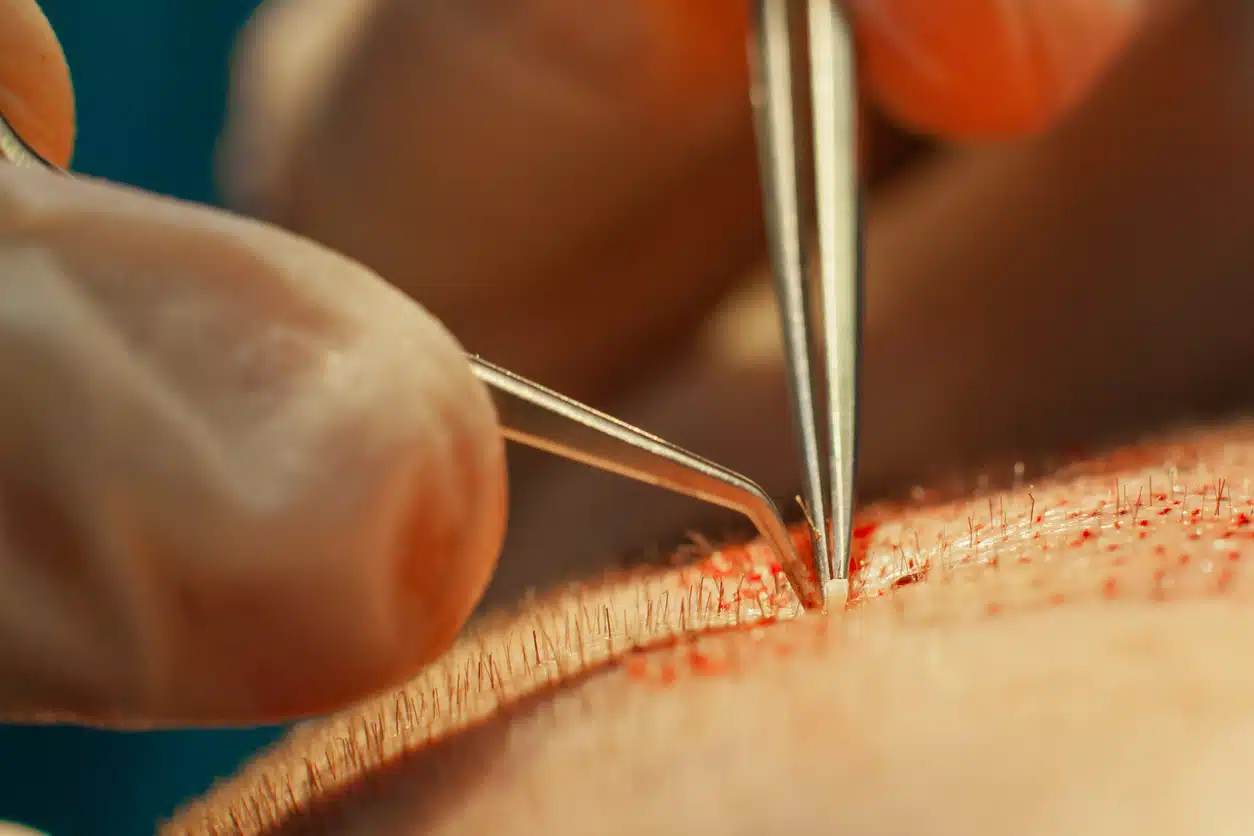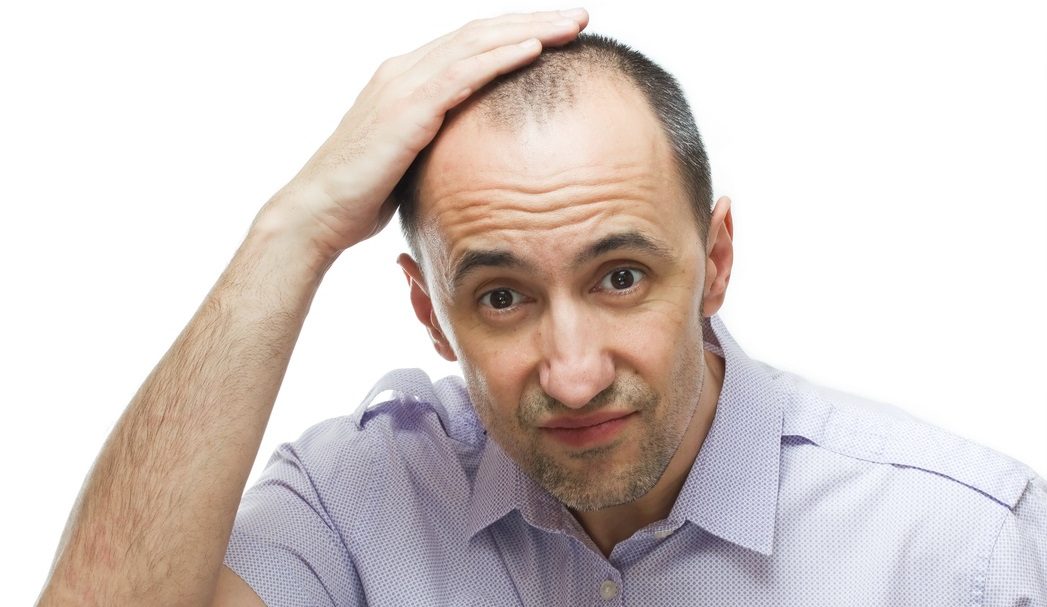Hair transplant procedures offer a reliable and effective solution for restoring hair and regaining a natural-looking appearance. However, it is important to understand the lifespan of transplanted hair and the maintenance required to ensure long-lasting results. In this article, we will explore the longevity of transplanted hair and provide valuable insights into its maintenance.
Understanding the Transplant Process:
Hair transplant procedures involve the careful extraction of hair follicles from the donor area, typically the back or sides of the scalp, and their transplantation to the recipient area, which is experiencing hair loss. The transplanted hair follicles are selected based on their resistance to the hormone DHT (dihydrotestosterone), which is responsible for male and female pattern baldness. These resistant follicles ensure that the transplanted hair is less likely to fall out over time.
The Initial Shedding Phase:
After a hair transplant, it is common for the transplanted hair to go through an initial shedding phase. This shedding occurs within the first few weeks following the procedure and is a normal part of the hair growth cycle. The transplanted hair follicles enter a resting phase known as telogen, where they appear to fall out. However, it is important to note that this shedding is temporary, and new hair will start to grow from the transplanted follicles in due course.
The Growth Cycle of Transplanted Hair:
Once the initial shedding phase is over, the transplanted hair will gradually enter the growth phase. This phase, known as anagen, is when the hair follicles actively produce new hair strands. During this period, the transplanted hair will begin to grow naturally, matching the surrounding hair in terms of color, texture, and density.
The lifespan of transplanted hair is similar to that of the hair in the donor area, which is typically resistant to DHT and less likely to fall out. This means that transplanted hair can be expected to last for a lifetime in most cases. However, it is important to note that the natural hair growth cycle still applies to the transplanted hair, and regular shedding and regrowth will occur over time.
Maintenance for Longevity:
While the transplanted hair itself is expected to be permanent, it is crucial to maintain the overall health of the scalp and existing hair to support the longevity of the transplant. Here are some essential maintenance tips to ensure the continued health and appearance of your transplanted hair:
Follow Post-Operative Instructions:
After your hair transplant procedure, your surgeon will provide specific post-operative instructions. These instructions may include guidelines for washing your hair, avoiding strenuous activities, protecting the scalp from sun exposure, and taking prescribed medications. Adhering to these instructions is crucial for optimal healing and long-term success.
Practice Good Hair Care:
Maintain a regular hair care routine that includes gentle washing, conditioning, and brushing. It is important to use mild, non-irritating shampoos and conditioners recommended by your surgeon or dermatologist. Avoid excessive heat styling, harsh chemical treatments, and tight hairstyles that can strain the hair follicles.
Protect from Sun Exposure:
Prolonged sun exposure can damage the hair and scalp. Protect your transplanted hair by wearing a hat or applying sunscreen specifically designed for the scalp. This will prevent sunburn and protect the transplanted follicles.
Address Underlying Issues:
If you have underlying conditions such as scalp infections, inflammation, or hormonal imbalances that contributed to your hair loss, it is important to address and treat them. Consulting with a dermatologist or hair transplant specialist will help identify and manage any underlying issues to promote the health of your transplanted hair.
Maintain a Healthy Lifestyle:
A well-balanced diet, regular exercise, and stress management techniques can contribute to overall hair health. Nutrient-rich foods, such as fruits, vegetables, lean proteins, and healthy fats, provide essential vitamins and minerals for hair growth. Stay hydrated and minimise excessive alcohol consumption and smoking, as these can negatively impact hair health.
Regular Check-ups:
Schedule regular follow-up appointments with your hair transplant surgeon to monitor the progress of your transplanted hair. They can assess the growth, density, and overall health of your hair and provide any necessary guidance or adjustments.
By following these maintenance tips, you can support the longevity of your transplanted hair and maintain its natural appearance for years to come.
In conclusion, hair transplant is permanent and these procedures offer a reliable solution for hair restoration. While the transplanted hair itself is expected to last a lifetime, it is important to understand the natural hair growth cycle and the need for ongoing maintenance. By following the post-operative instructions, practicing good hair care, protecting from sun exposure, addressing underlying issues, maintaining a healthy lifestyle, and scheduling regular check-ups, you can ensure the longevity and optimal health of your transplanted hair. With proper care and attention, you can enjoy the benefits of a full and natural head of hair for many years.





